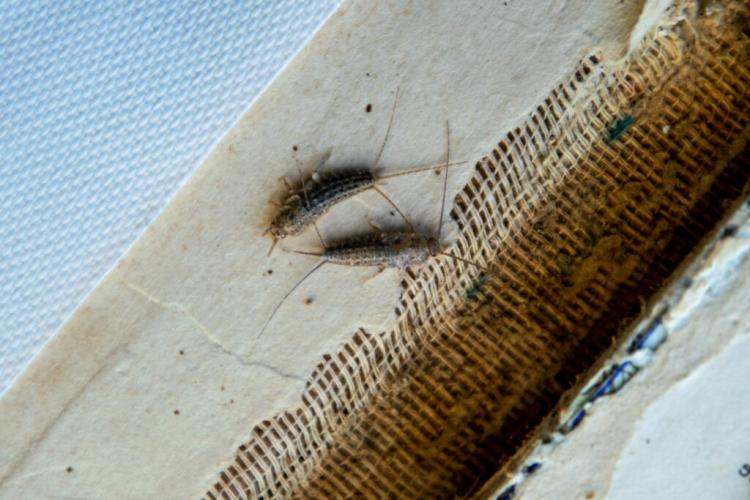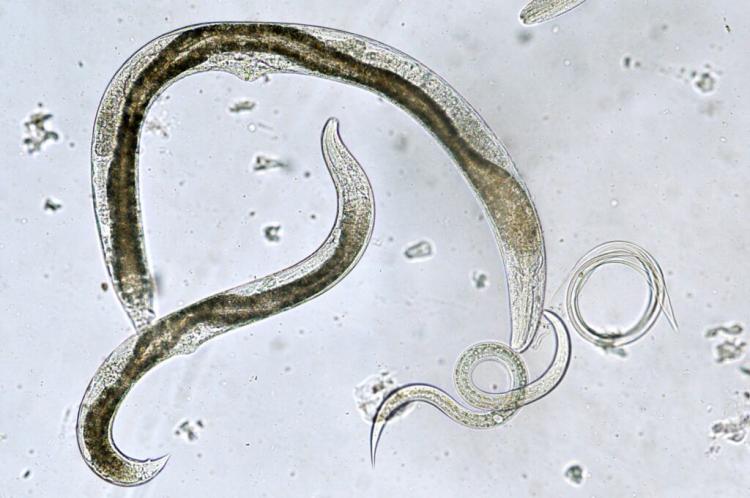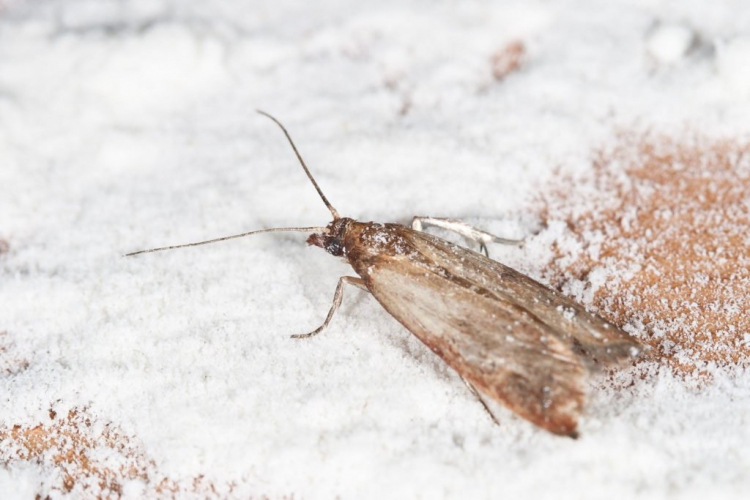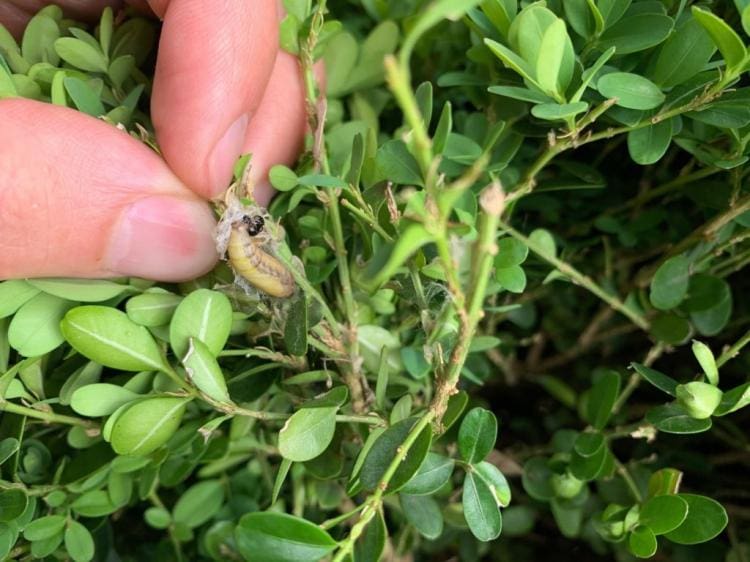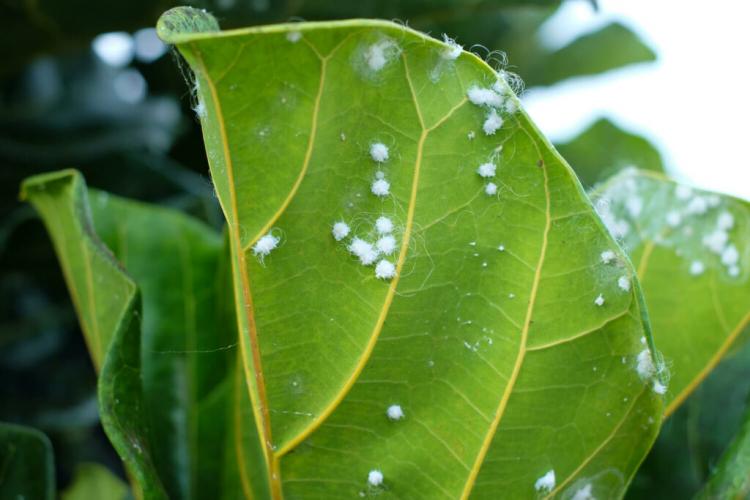Home Remedies For Silverfish: What Really Helps?
Silverfish live in many houses and apartments. We explain how to combat the causes and how to use home remedies – without any poison.
Silverfish ( Lepisma saccharina ) belong to the ancient order of fish (Zygentoma), which has been walking on our planet for about 300 million years. But even if the fish were there first, they shouldn’t live in our houses. As outspoken followers of culture, they are only too happy to do so. We present home remedies with which you can get rid of the small, shy animals. Fighting the causes should not be neglected, as you will soon find out.
We explain why silverfish feel comfortable in our living space and how you fight both the causes and the fish yourself. We will introduce you to effective home remedies and, as a good alternative, our Gardender ant remedy.
Causes of silverfish in the house or apartment
Table of Contents
The silverfish feels at home in high humidity and warmth. For this reason, it likes to colonize our homes and develop splendidly there. Typical living spaces in the apartment are bathrooms, kitchens, and warm laundry rooms. Silverfish also feel particularly comfortable under refrigerators. When it is cold and dry, a real plague can’t multiply and develop. The diet of the small animals is varied: house dust mites, hair, mold, plant fibers, cotton, and textiles are on their menu. But they can survive for several months without a crumb of food.
They are attracted to anything that contains sugar or starch – which is why the silverfish is also called sugar guest. Fortunately, the little fish is only missing one thing: a dark crack to hide. Because the nimble, shiny insects are extremely light-shy and therefore hide during the day. From their lifestyle and diet, we can deduce the reasons for their presence in the house and thus take preventive measures. In the following table, we have summarized all causes with countermeasures for you.
| root cause | measure |
| High relative humidity (70-90%) |
Regular ventilation in the morning and evening |
| Damp walls (mold growth) | Regularly heat and ventilate, improve the insulation of the house wall, fight mold |
| High temperature (25 – 30 ° C) |
Lower the temperature in your living space, as this inhibits the development of new eggs and larvae |
| Food sources available | Clean the floor regularly, keep food locked up |
| There are hiding places | Seal cracks etc., e.g. re-grouting tiles, sealing skirting boards with silicone, sticking wallpaper back on, … |
You have already gained a lot by avoiding the silverfish in a cozy home. But what should you do if your house is already populated by large numbers of animals? You certainly don’t want to wait a few months for these extremely long-lived insects to perish on their own. A silverfish can and will be up to eight years old if it occasionally finds a few hairs or flakes of skin to eat.
Tip: In addition to silverfish, there are also ghost fish (Ctenolepisma calva ), oven fish ( Thermobia domestic ), and paper fish (Ctenolepisma longicaudata) in our apartments. With our Gardender ant remedy, you can effectively fight all fish without endangering yourself and your pets if used correctly.
Fight silverfish with home remedies
As mentioned above, above all the causes must be found and combated. Damp rooms and walls are not a condition that can simply be left as it is. Even water damage could be behind the moisture. Once the cause of the moisture has been clarified and it has been switched off, you can do something about the nimble silverfish with the following home remedies – because most homeowners are much more comfortable in their four walls without the use of poisons. In addition, a large number of fish is not only uncomfortable but can also cause damage to papers and books or textiles. Note that all of these home remedies must definitely be used multiple times to catch all of the silverfish.
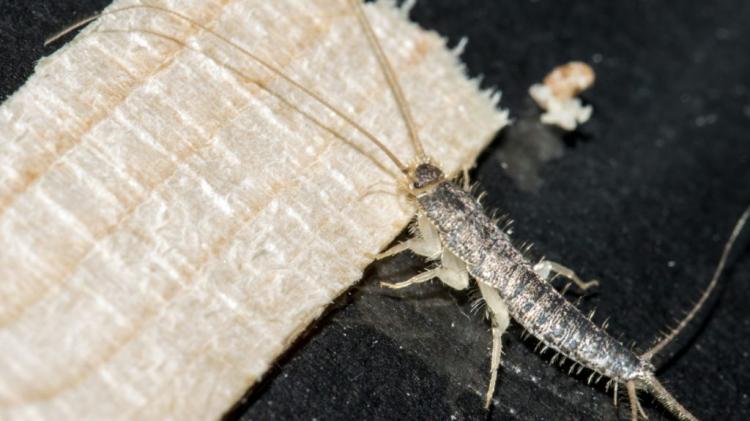
Potato trap against silverfish
Cut a raw, unpeeled potato in half. Hollow out a bit on both sides and trim the cut edge to a slightly irregular shape. When the potato halves are on the cut surface, a silverfish must be able to get underneath. Place the potato halves on a piece of paper. Since silverfish are nocturnal, the traps should be installed in the evening and disposed of in the morning.
Tape trap against silverfish
Use the tape trap to find out where the fish can hide. In the evening, stick double-sided tape along a baseboard and sprinkle it with sugar. The following morning you can see where most of the animals emerged from the baseboard. You can then place the next trap specifically at the silverfish hiding places. Instead of sugar, you can use other sweets as bait.
Honey trap against silverfish
The honey trap works basically like the tape trap, only the honey is the glue and the attractant rolled into one. Smear some honey on a piece of paper and place it where you suspect the silverfish to retreat.
Baking powder and sugar for silverfish
Baking soda and sugar are especially useful when you don’t have a clue where the fish come from. Mix the two ingredients in equal parts and sprinkle it either in every crack you find or in areas where you suspect a haven. The baking soda dramatically increases the acidity in the animals’ digestive tract, causing them to perish.
Lavender versus silverfish
They rave about the scent of moldy wallpaper, but the smell of lavender puts them on the run. If you want to prevent the silverfish from spreading throughout your apartment or entering certain zones – for example, the children’s room – then distribute lavender in sachets or oil at the entrances to these areas.
Vinegar against silverfish
Vinegar has a similar effect on animals as lavender. If you want to protect a room or an area, you can use water with a vinegar cleaner or a lot of vinegar.
Tip: From their favorite place of residence, silverfish like to roam the whole apartment in search of food and new hiding places. Whenever you use a home remedy, try to do so in all of your living spaces whenever possible.
Fight silverfish effectively
If you don’t want to struggle with making traps, we recommend our Gardender ant remedy. Just like a home remedy, the active ingredient is not dangerous to bees when used correctly and does not pose a risk to pets. It can also be used against ants (Formicidae) and woodlice ( Porcellio scaber ). The application is very simple and the effect is so convincing that even organic farming likes to use the active ingredient (kieselguhr) it contains.
You might so like:
